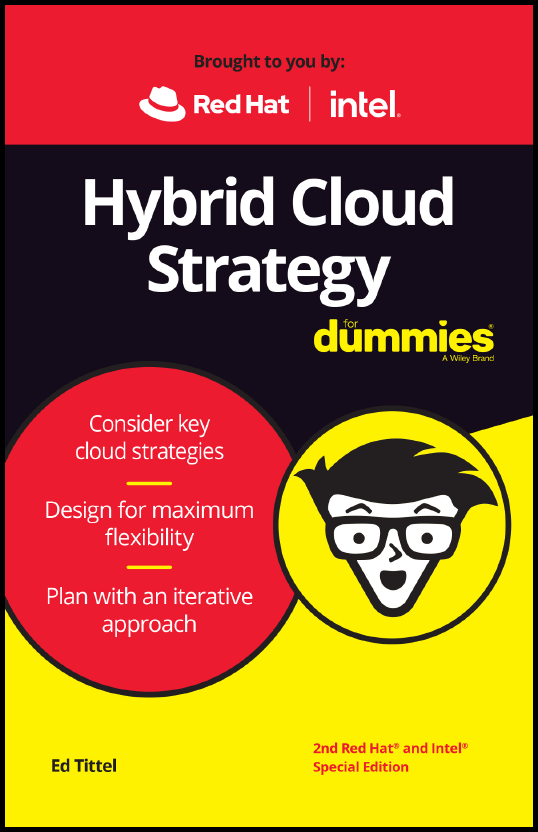
Hybrid cloud strategy for Dummies

Cloud computing is now a mainstay within the world of IT. Likewise, cloud computing continues to grow ever more complex and multi-faceted. Organizations often build their own private cloud infrastructures in-house, sign up for services from public cloud providers, such as Amazon Web Services (AWS), Google Cloud Platform, IBM Cloud, or Microsoft Azure, and create hybrid environments. Other vital choices follow close behind, including Software-as-a-Service (SaaS) in many shapes and forms. Architects and engineers must deal with an array of connections, integrations, portability issues among clouds, resource options, orchestration, storage, and more. And it must all be managed and maintained, made to work for improved profitability and productivity.
You can probably see why a carefully thought-out and detailed approach to cloud computing — a strategy, in other words — is so important.
